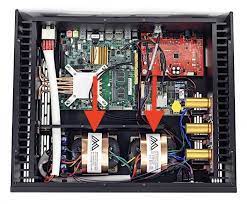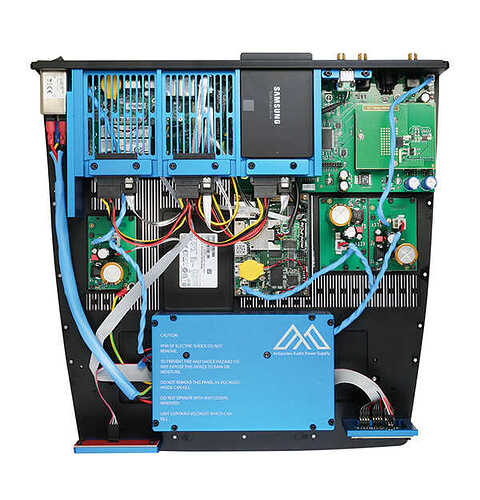I am convinced that up stream digital source matters. That said I wanted to dive into the topic as as see it, because IMO a high end AIO server may not be the best fit for many.
So why are high end music servers like the Antipodes K50 & Kala, Aurender N30 SA, Taiko Extreme popular? Well, because they work as advertised. My point isn’t that they don’t do what they claim to. My hesitation comes from the fact that it’s an exercise in what can be done with best practice, no expense spared noise mitigation and signal path optimization and it works, but…
Why go through the exercise of all this when they’re starting from the worst possible place to start, the PC.
Once you take a look at what the money spent is going towards, my reasoning for an alternate solution, one that starts off not in a PC, not in a pace conducive to all the noise. I think in the end you can probably get more for your money. That said though, the point of an AIO music server is convenience, one chassis and control over everything in that chassis. If you are using that server as intended, meaning the housing/storing playing the digital file and rendering the digital file, and you’re connecting it directly to your downstream components, then a server may be what’s right.
My thought process however is that for someone like me, where my file storage and processing is being done away and isolated from the sensitive clocking or conversion to I2s the massive expense incurred of mitigating that noise in a high end server is not required.
In my case having a Roon Rock server withe the internal storage (very noisy environment) while isolated from the sensitive stuff (the bridge, the reclocker, the DAC) is what I mean by starting in a better position. Not having to throw a lot of money at the mitigation of noise in a PC based server means (or should mean) money better spent on the bridge, reclocking, power etc.
Different way to skin the cat, but putting it out here for discussion and simply open to information that may go against my prevailing thought here.

